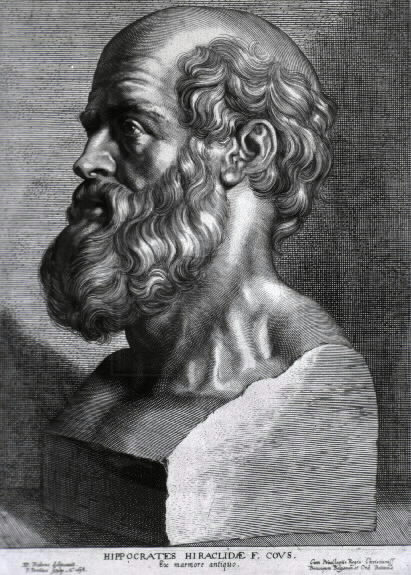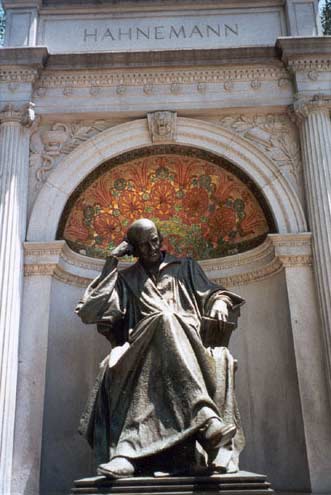Homeopathy History
Millions of people in Britain, Europe, Asia and America use a safe, reliable, natural forms of medicine which is known as homeopathy. Homeopathy which uses neither drugs nor surgery, is based on the belief that everyone is an individual and should be treated accordingly. It first gained prominence in the 19th century after extensive pionerring work by the German physician and chemist Samuel Hahnemann (1755-1843). But its origins date from the 5th century BC, when the Greek physician Hippocrates – known as the “father of medicine” introduced homeopathic remedies to his medicine chest.
However, it was Hippocrates’ understanding of disease and how it affects our bodies, rather than his remedies, that made his discoveries homeopathic. He believed that understanding each individual’s symptoms, how they reacted to disease, and their powers of healing were vital in diagnosing and treating illness. This understanding of the individual remains the cornerstone of homeopathy today. Homeopathy History owes its credit to its originator.


Hippocrates, (460- 377 BC), Father of Medicine Samuel Hahnemann, the founder of homeopathy
After Hippocrates, homeopathy was largely neglected until Hahnemann reinvented it in the late 18th century. Medical treatments had become increasingly violent and invasive, yet disease was rampant, and Hahnemann found clinincal medicine totally unacceptable. He wrote extensively on medicine and chemistry and protested against the poor hygiene that was accelerating the spread of disease. He argued against the brutal medical practices and the use of strong medications that caused terrible side-effects. His disillusionment finally led him to give up medicine to work as a translator. Some time later while translating “A Treatise on Materia Medica” by Scottish physician Dr. William Cullen, Hahnemann made the discovery that was to make him the true founder of homeopathy. Cullen stated that quinine was an effective treatment for malaria because of its astringent properties. Hahnemann knew quinine helped to fight malaria, but doubted that its astringent properties had much to with it. He made investigations. For days he dosed himself with quinine and noted his reactions. He was amazed to find that, one by one, he developed the symptoms of malaria even though he did not have the disease. Each time he took another dose of quinine the symptoms recurred and when he didn’t take it, they went away. He believed it was quinine’s ability to cause the symptoms of malaria that made it such an effective treatment. To illustrate his theory he conducted some tests that he called “provings” on several volunteers and noted each individual’s reactions. He conducted the same sort of scientific tests using other popular medicines such as arsenic, which was at that time being prescribed in toxic doses. He noted, as Hippocrates had before him, that the serverity of symptoms and healing responses depended on the individual. Some symptoms were common among most testers and these he called keynote or first-line symptoms. Second-line symptoms were those that were less common, and very rare symptoms he named third-line symptoms.
SAMUAL HAHNEMANN – THE FATHER OF HOMOEOPATHY
Hahnemann’s house at Kothen

